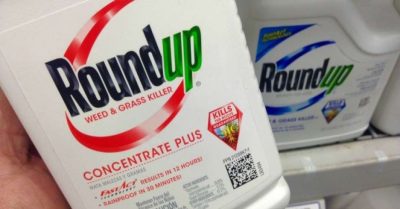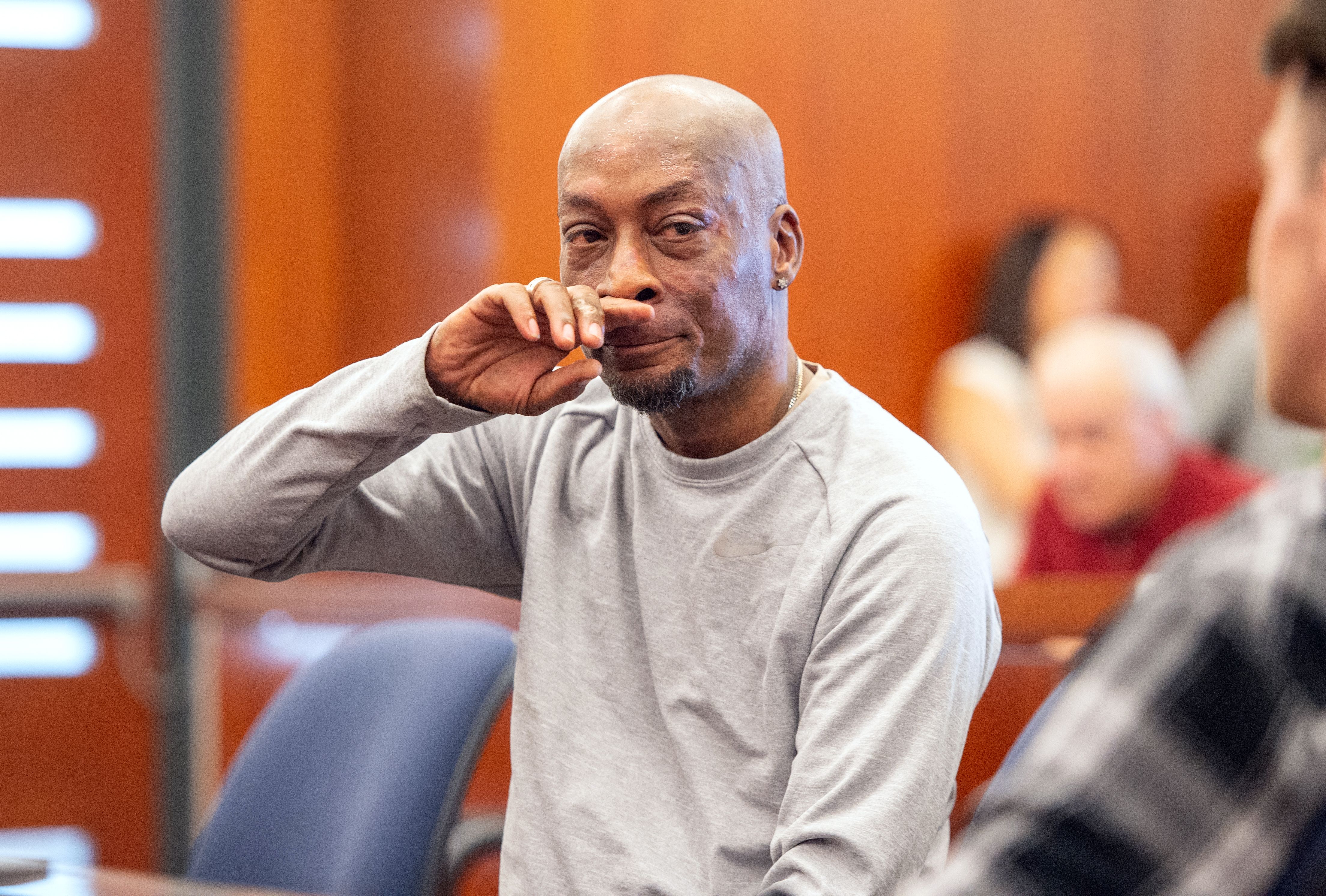Monsanto, Scientific Deception and Cancer

Money may not be able to buy the purest love, but it can buy the best, life-ending cancer. For Monsanto, giant of rule and misrule in matters of genetically modified crops, known for bullying practices towards farmers, things have not been so rosy of late. Ever the self-promoter of saving the world an agricultural headache (biotech crops being the earth’s touted nutritional salvation), the company has run into a set of legal snags that have raided its funds and risk sinking it, along with Bayer AG, the company that bought it last year for $63 billion.
A spate of legal cases have begun entering the folklore of resistance to the company. Central to it is the use of glyphosate, the world’s most widely used weedkiller marketed since 1974 as Roundup, and a core chemical in the agrochemical industry. In 2015, it was deemed by the World Health Organization’s International Agency for Research on Cancer (IARC) “probably carcinogenic to humans” in addition to being genotoxic and clearly carcinogenic to animals.

The legal train commenced last August, when a state court in San Francisco found for Dewayne “Lee” Johnson (image on the right), a 46-year-old former school groundskeeper, ordering $289 million in damages. (The amount was subsequently reduced to $78 million.) The jury had been satisfied that the use of the Roundup weedkiller, with its glyphosate constitution, had, in fact, been the cause of Johnson’s cancer. They also found that the company had paid insufficient heed to warning the plaintiff of the impending dangers, also acting, in the process, with “malice or oppression”.
The picture that emerged in trial was of a beast keen to keep critics at bay and intimate opponents. Attorney Brent Wisner was keen to press the issue.
“Monsanto has specifically gone out of its way to bully… and to fight independent researchers.”
Wisner’s evidence – a selection of internal Monsanto emails – showed the steadfast rejection on its part of warnings critical and researched. “They fought science.”
Not so, came the rebutting if not so convincing argument from Monsanto lawyer George Lombardi.
“The scientific evidence is overwhelming that glyphosate-based products do not cause cancer and did not cause Mr Johnson’s cancer.”
The message was very much in keeping with Monsanto’s program for colouring and fudging empirical data on the use of herbicides. The 2015 IARC findings, despite being on some level qualified, infuriated the company. Christopher Wild, the director of the agency, was unequivocal in his interview with Le Monde: the company had gone rabid.
“We have been attacked in the past, we have faced smear campaigns, but this time we are the target of an orchestrated campaign of an unseen scale and duration.”
Monsanto dismissed the agency’s conclusions as “junk science”, the product of “cherry-picking” driven by a biased agenda.
The company duly harried the agency, using the law firm Hollingsworth to demand, “Drafts, comments, data tables… everything that has gone through the IARC system.” In the event that the agency decline to do so, the firm requested and instructed the agency “to immediately take all reasonable steps in your power to preserve all such files intact pending formal discovery requests issued via a US court.”
What commenced was a concerted effort to cook the science and massage the results. Monsanto chief scientist William Heydens proposed one method of doing so: ghost-writing papers under the thinly veiled cover of scientific legitimacy. As Heydens noted in an email,
“we would be keeping the cost down by us doing the writing and they would just edit & sign their names so to speak.”
This was a practice not unknown to the company; a paper had been so authored in 2000, one conspicuously short on detail regarding the affiliation of Monsanto employees.
In the safety stakes, Monsanto was also careful to ensure that the Environmental Protection Agency was on board – at least when it came to terminating or frustrating investigations. Jess Rowland, formerly a manager in the EPA’s pesticide division, is said to have boasted in an April 2015 conversation with a Monsanto regulatory affairs manager that,
“If I can kill this I should get a medal.”
In October that year, the EPA’s Cancer Assessment Review Committee (CARC), chaired by Rowland (miracle of miracles) produced an internal report claiming that glyphosate, contrary to the IARC findings, were “not likely to be carcinogenic to humans.”
The Johnson case was significant for the court’s allowance of extensive scientific argument. This flatfooted Mansanto (now Bayer’s) legal team. It was an approach that would be repeated in subsequent trials. In March this year, a unanimous jury verdict in the federal court in San Francisco ordered the company to fork out damages to the value of $80 million for failing to warn Edwin Hardeman, the plaintiff, of any cancer risks associated with the use of Roundup.

A trifecta was achieved this month when a jury of the Superior Court of the State of California for the County of Alameda was willing to find that Roundup weedkiller caused the non-Hodgkin lymphoma of the plaintiffs Alberta and Alva Pillioid. It took 17 days of trial testimony leading to the decision to award the couple $1 billion each.
The order of punitive damages centred on the finding that Monsanto “engaged in conduct with malice, oppression, or fraud committed by one or more officers, directors or managing agents of Monsanto”.
The next case of interest against Monsanto is being pressed by Sharlean Gordon with an entire cohort of fellow litigants, set to take place in St. Louis County Circuit court on August 19. The formula is tried and true, alleging that they were harmed as “a direct and proximate result of [Monsanto’s] negligent, wilful, and wrongful conduct in connection with the design, development, manufacture, testing, packaging, promoting, marketing, distribution, and/or sale of Roundup and/or other Monsanto glyphosate-containing products.”
Legal watchers, thousands of other litigants, and those in St. Louis County, will be curious to see whether the company finally gets some respite after its Californian hammerings. It employs a considerable labour force in the area and has been very much in the charity game. But the sympathy of local jurors should not detract from the St. Louis City Court’s reputation as one of the more favourable forums to seek mammoth verdicts against corporations. Sympathies for Monsanto-Bayer might well have truly curdled by then.
*
Note to readers: please click the share buttons below. Forward this article to your email lists. Crosspost on your blog site, internet forums. etc.
Dr. Binoy Kampmark was a Commonwealth Scholar at Selwyn College, Cambridge. He lectures at RMIT University, Melbourne. He is a frequent contributor to Global Research and Asia-Pacific Research. Email: [email protected]
Featured image is from Mike Mozart/Flickr/CC

